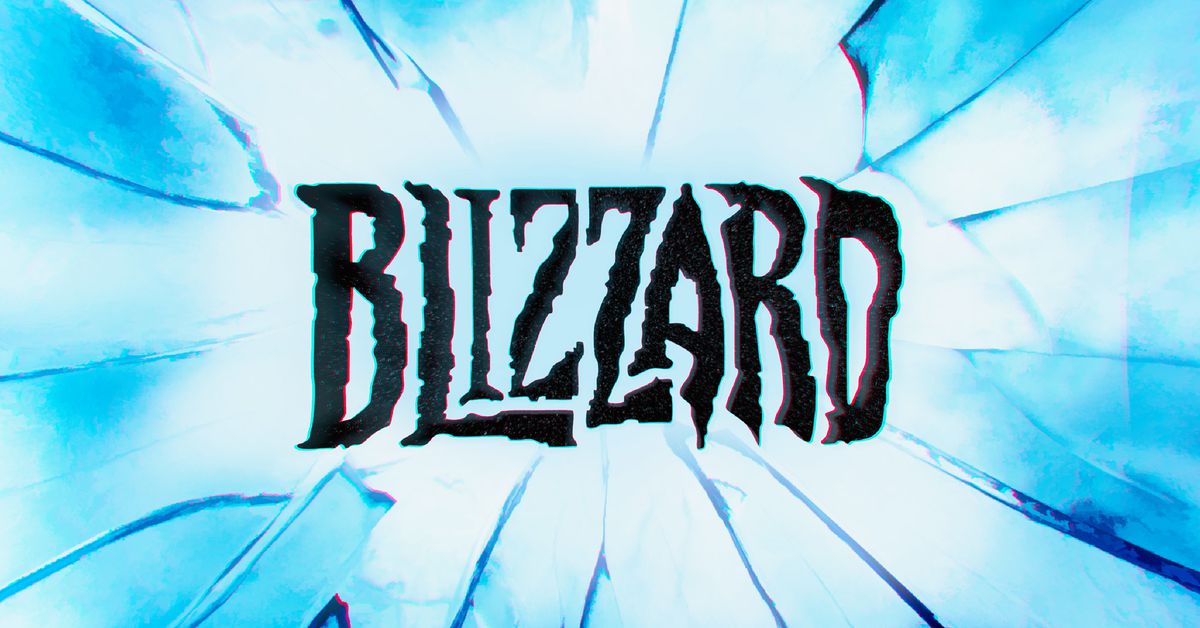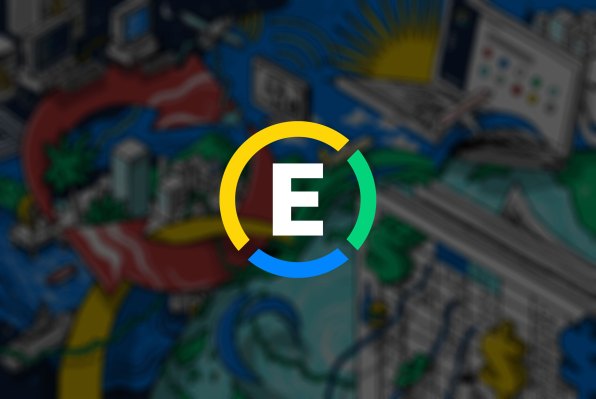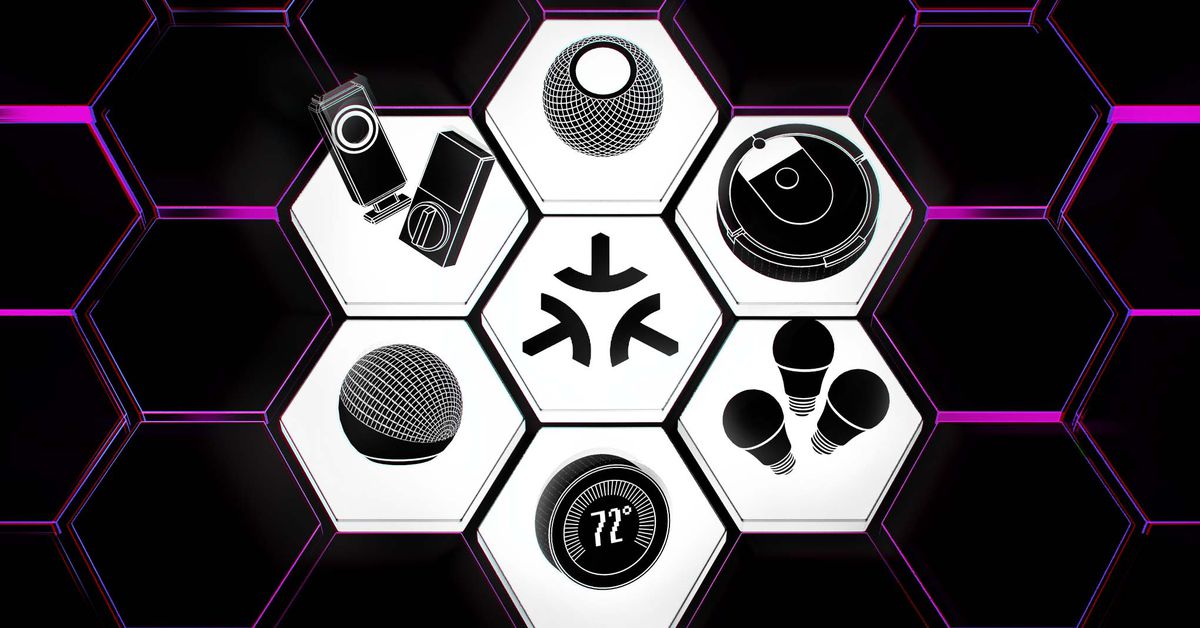Keeping the classics alive: how archivists are preserving video game history
Photo by Vjeran Pavic / The VergeAs large swaths of gaming history have become endangered, researchers and fans all over the world are fighting to turn back the clock. Continue reading…
/cdn.vox-cdn.com/uploads/chorus_asset/file/16033959/vpavic_190327_3333_0023.jpg)
Atari 50 is an incredible playable tour through video game history
Image: Atari
One of the biggest challenges in video game preservation is figuring out how to actually present old games. In 2022, there are more ways than ever to play the classics, whether it’s mini consoles, updated hardware, subscription services, retro collections, or modern rereleases. While these can make old games playable to new audiences, they aren’t always able to put them in a proper context — which is especially important for really old games like, say, Adventure on the Atari 2600.
But an expansive new release, made by Digital Eclipse to celebrate Atari’s 50th anniversary, is the best attempt at a retro collection I’ve ever experienced. It’s available on just about every console out there right now as well as the PC, letting me put my PS5 to use for its intended purpose: playing Asteroids. The collection is huge, detailed, and does an amazing job of explaining why these games are so important.
Two never-published NES games are up for auction on eBay
Photo by TENGKU BAHAR / AFP via Getty Images
When Frank Cifaldi, founder and co-director at the Video Game History Foundation, finds an unreleased original NES game on eBay, it’s cause for celebration. Unearthing never-before-published games is his “research kink,” and according to him, such discoveries only happen “once every five years.” Yesterday, he found two.
One game, Battlefields of Napoleon, got so far along in its development process that it has finalized box art, but the game never saw the light of a retail store. The other game is even rarer. It’s a demo for the infamous Power Glove developed by Rare (yes, apparently that Rare) and is one of only five known games for the peripheral in existence (if you count the two games Nintendo announced but never released). Cifaldi is now working to raise funds to win both auctions so these never-before-seen pieces of video game history can be preserved and their contents shared with the public.
The ticking time bomb of modern free-to-play games
Photo by Amelia Holowaty Krales / The Verge
Dragalia Lost launched in 2018 as a statement of intent from Nintendo in partnership with Japanese developer Cygames. Nintendo may have first jumped into the field of mobile games in 2016 with the launch of games like Super Mario Run and Miitomo, but this was the first original property the company had produced exclusively for mobile devices. This free-to-play gacha game (a game whose content is generally free to access while charging microtransactions for loot boxes and randomized lotteries for rare and limited-time characters) had a flashy multi-region launch campaign collaborating with major Japanese musician DAOKO, banking on the game’s success at home and abroad.
And it was a hit. Less than a year after launch, the game had already earned over $100 million, with a steady stream of merchandise following soon after. Yet, as of last month, Nintendo and Cygames published the game’s final update, and this week, it was revealed that the game would shut down on November 29th after just three years of operation.
Inside the fight to save video game history
Alex Castro / The Verge
In February, Nintendo announced it would shut down its 3DS and Wii U storefronts. While the closure is an inevitable part of the life cycle of those long since sunset consoles, the move sparked anger, disappointment, and even fear as fans lamented the loss of access to digitally exclusive 3DS and Wii U titles. With console gaming entering its ninth generation, the digital storefronts from the previous generations are slowly disappearing, taking with them thousands of digital-only games and DLC. Combined with the decline of physical media in favor of subscription services and digital distribution, it’s getting harder for people to play older games and harder still for the games of the present to be preserved for the future.
That is, if you want a legal way to play them. As games age and as companies continue to remove the means to properly purchase and download them, people are looking at other, less than legitimate options to continue to play the games they enjoy. It’s created tension between players and companies. While it’s unrealistic to expect publishers to maintain their prolific libraries in perpetuity, it’s also not ideal that large swathes of games can, at any time, just disappear on the whims of the store operator.
How a design museum unearthed a treasure trove of classic Slovak games
Šatochin.
Late last year, the Slovak Design Museum released a translated collection of ’80s text adventures from the region. The games, often programmed by teenagers, capture a moment in history when the first generation of Slovak developers were learning their craft to share among their friends.
The museum didn’t always cover games. Maroš Brojo, the general manager of the Slovak Game Developers Association, pitched the multimedia collection that he now curates. “When you get the patronage of a museum… it gives you much more credibility,” he says. “Suddenly, people start to have a very different view of this actually being part of something important. Our culture and our heritage.”
Clockwork Aquario brings a long-lost arcade game back to life
If Clockwork Aquario had come out in the early ’90s, it would have cost me a lot of quarters. It’s the kind of arcade game that lures you in: big sprites, bright colors, inventive worlds, a bubbly soundtrack. You see it, and you want to play it. Unfortunately, I never got the chance to experience it in an arcade because it was never actually released. But a few decades later, it’s finally available in a new format — you can now play it on both the PS4 and Nintendo Switch.
Clockwork Aquario was initially a victim of the game industry’s shift to 3D games. Development started in 1992 at Westone Bit Entertainment, a now-defunct studio best-known for the Wonder Boy series. The game was completed after two years, but by that time, arcades had mostly moved on to 3D experiences and fighting games, and so it was shelved entirely. It stayed that way until retro-focused publisher Inin Games snapped up the rights and reworked it to run on modern devices.
A new way to think about your favorite game’s code
It’s surprisingly hard to archive a video game. Cartridges decay, eventually; discs become unreadable as their plastic degrades. Source codes are lost to corporate mergers and acquisitions. But what’s most dangerous to preserving game history isn’t a physical or corporate consideration: it’s the prevailing attitude that games are playful, evanescent, and therefore not worth archiving.
Obviously that’s not true, and games deserve critical historical consideration, the kind that other, older mediums get. Frank Cifaldi and Kelsey Lewin, co-directors of the Video Game History Foundation, are two of the people leading that charge. I spoke with them a little while ago about preserving video game history, and their new program, the Video Game Source Project, which takes as its footing the idea that there’s no better way to study a video game than to access its raw material.
Analogue’s console clones are a way to preserve gaming’s past
Things fall apart, and then they are forgotten. In video games, there was the famous Atari dump, in which the company buried thousands of cartridges of E.T. and other games in a New Mexico landfill. There are more prosaic cases where the source codes for games are lost for dull reasons. For example, Prince of Persia for the Apple II was presumed gone until the developer’s dad found the code in a closet (stored on three fragile floppy discs), after which point the dev posted it to GitHub. Physical media, which makes up most of video game history, has a tendency to degrade, too. That means, even when properly stored, the past is in danger of being lost. As journalist Heather Alexandra wrote in Kotaku in 2016: “Gaming’s early years often painted video games as children’s toys. Only diehard collectors and enthusiasts had the foresight to hold onto their games. Even now, games are treated largely as consumable goods.”
The culture around games — magazines, merchandise, and the like — disappears, too, which leaves them less analyzable in their original context. The main problem with preservation is that it’s not immediately apparent what’s worth preserving. With video games, though, it becomes a little more complicated: playing them the way they were originally meant to be played is about as important as preserving their code. And that’s also what people think about when they think of emulation, which is a wonderful way to preserve code that might otherwise disappear. But they never think about the hardware.
Unearthing Hardcore, DICE’s long-lost Sega Genesis shooter
In the early 1990s, after making its name with a pair of successful pinball games, Digital Illusions — which would go on to become Battlefield studio EA DICE — tried its hand at something more ambitious. Called Hardcore, it was a run-and-gun shooter with huge, detailed levels and frantic action. “It could be said that Digital Illusions’ motivation for creating games comes from looking at other examples of genres, sneering, and making them better,” gushed a preview in British games magazine The One. “With Hardcore, though, the boys are aiming at a very competitive area of the games market.”
Despite all of the hype, Hardcore never actually launched. Much like Nintendo’s Star Fox 2, it was a victim of timing. Hardcore was virtually complete, but it would’ve debuted toward the end of the Sega Genesis’ lifespan when much of the audience had moved on to flashier 3D games. It was ultimately canceled, and the developers shifted to new projects. Outside of a few magazine previews, little of Hardcore remained — until some people went looking for it.
EVE, offline: how do you archive a universe?
EVE Online YOUTUBE
The year is 2114, and somewhere, a researcher is about to visit a dead world. Turning on a computer, she metaphorically or literally dusts off a piece of software bearing the title "EVE in a Box." It launches, and her avatar appears in a space port 20,000 years into the future. But the station is deserted. She takes flight, navigating around a few automated ships. She is the only human being in the universe.
This is, anyhow, what archivists at New York’s Museum of Modern Art hope might happen. When the museum began acquiring video games for its design collection in 2013, futuristic massively multiplayer online title EVE Online was near the top of the list. A complex, time-consuming game that lets players compete anywhere from the marketplace to the battlefield, EVE isn’t remotely close to the largest MMO. But it’s one of the most interesting. Players construct complex alliances and participate in devastating space battles that can involve thousands of pilots from across the globe. Playing EVE can be like holding down a full-time job. And unlike many MMOs, every single player lives, fights, works, and dies in one persistent universe.

 BigThink
BigThink 































